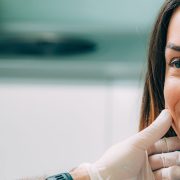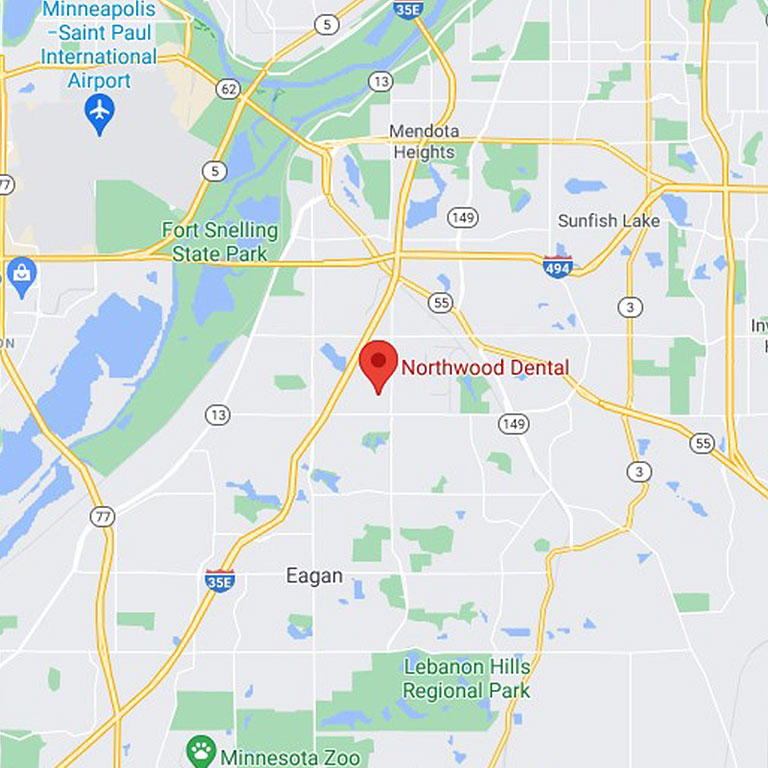Know more about Lumineers
YOUR MINNEAPOLIS DENTIST OFFERS LUMINEERS TO HELP YOU IMPROVE THE APPEARANCE OF YOUR SMILE
Cosmetic dentistry has come a long way and is continually improving day by day. One of its forward-thinking innovations is the teeth lumineers. To help you get acquainted with this dental service, your Minneapolis Dentist shares what you need to know about lumineers:

What are lumineers?
Lumineers are ultra-thin veneers placed over your teeth. Unlike conventional veneers, there is no shaving or grinding down of the original teeth structures. Since lumineers can be placed without drilling, it is then a reversible procedure, causing no damage or alterations to your teeth. The procedure is pain-free, and the patients will not feel any post-procedure discomfort.
How much does a lumineer cost?
Lumineers are priced a little bit more than regular veneers. Since this is considered as a cosmetic procedure, lumineers may not be covered by your insurance. It is also advisable to discuss the cost of a lumineer procedure with your dentist to work out a payment plan.
How does the Lumineer procedure work?
Unlike the traditional veneer which takes about two weeks to complete, a lumineer procedure only takes two visits to the dentist.
1st visit: The dentist will take an accurate impression of your teeth and some photos to ensure the most precise and perfect fit for you. The dental impression will then be sent to a lumineer laboratory; this is where your customized lumineers will be created. After the dentist received the customized lumineers, he will check them to ensure quality and condition.
2nd visit: The second visit is the time when the lumineers are placed and bonded on your teeth. This takes about an hour.
So, if you’re thinking of getting the perfect smile, visit your Minneapolis dentist for an assessment and other options.





 Getting yourself braces may be a huge decision for you to make; hence, many questions are racing in your mind.
Getting yourself braces may be a huge decision for you to make; hence, many questions are racing in your mind.


 or any side of your face? If you have, then you should definitely see a dentist. You might have a gingival abscess.
or any side of your face? If you have, then you should definitely see a dentist. You might have a gingival abscess.

